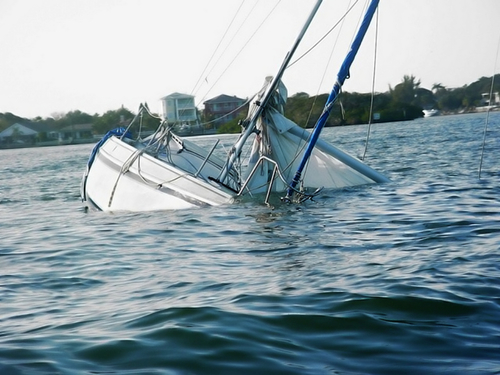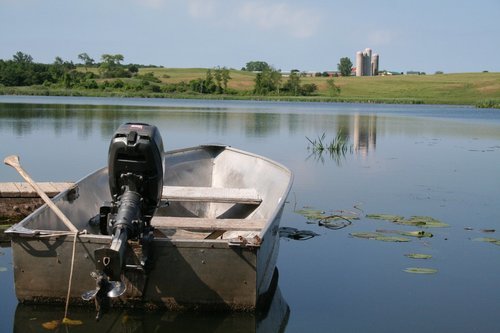Surviving Sinking
Even with careful safety planning, unpredictable situations can arise. A worst-case scenario is being forced to exit the vessel. However, jumping into the water itself is dangerous as the person’s chances of survival severely diminish. Instead, it is much better to get into a life raft.
The Titanic is by far the most famous example of a high profile boat sinking. Today the wreck has protected status. The story of this tragedy highlights the importance of sufficient lifeboats. The majority of survivors all chose to enter these vessels instead of braving the cold water.
While waiting to be rescued, it is essential to be aware of heatstroke and sunburn. The website Wikipedia has plenty of information on how to prevent and treat these conditions. Most rafts have a cover for passengers to stay under so that their skin is not exposed. Symptoms of heatstroke can include a high temperature, headache, nausea, fast heartbeat and a confused mental state. Staying cool and drinking cold fresh water will help to fight off the effects of it.
Modern rafts are sometimes equipped with sea anchors, which are utilised for stabilisation. This is also useful as the vessel will drift away slowly, keeping it closer to the sunken ship when the emergency services look for survivors. On the other hand, if authorities have not been informed, it may be better to drift and seek out land. If so, the anchor will need to be pulled up.
It is never a good idea to drink saltwater. Instead, the person should ration their available fresh water. One of the biggest dangers is dehydration. Consequently, sinking survivors have to monitor their fluid intake regularly.



